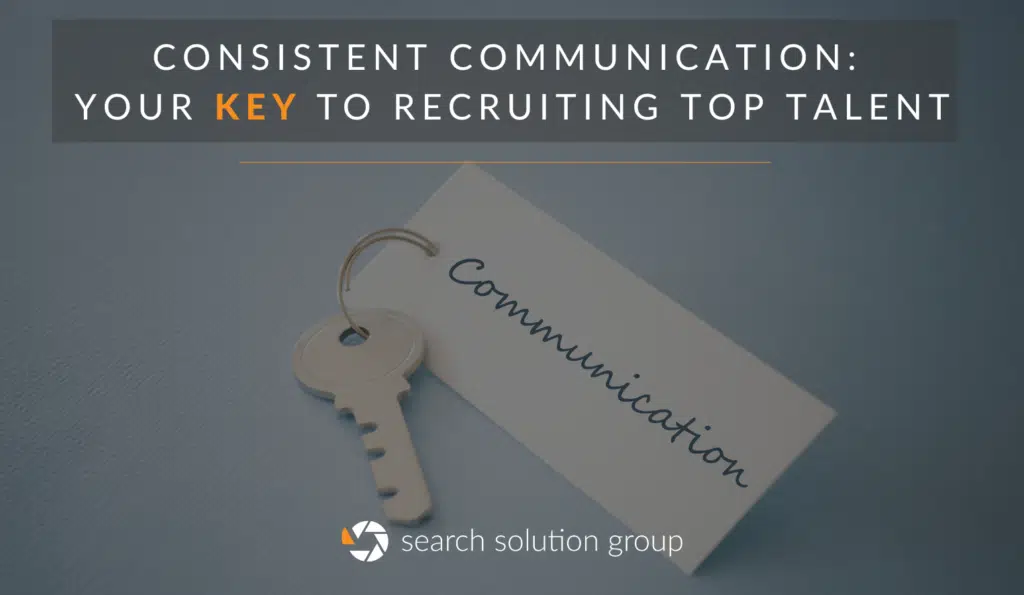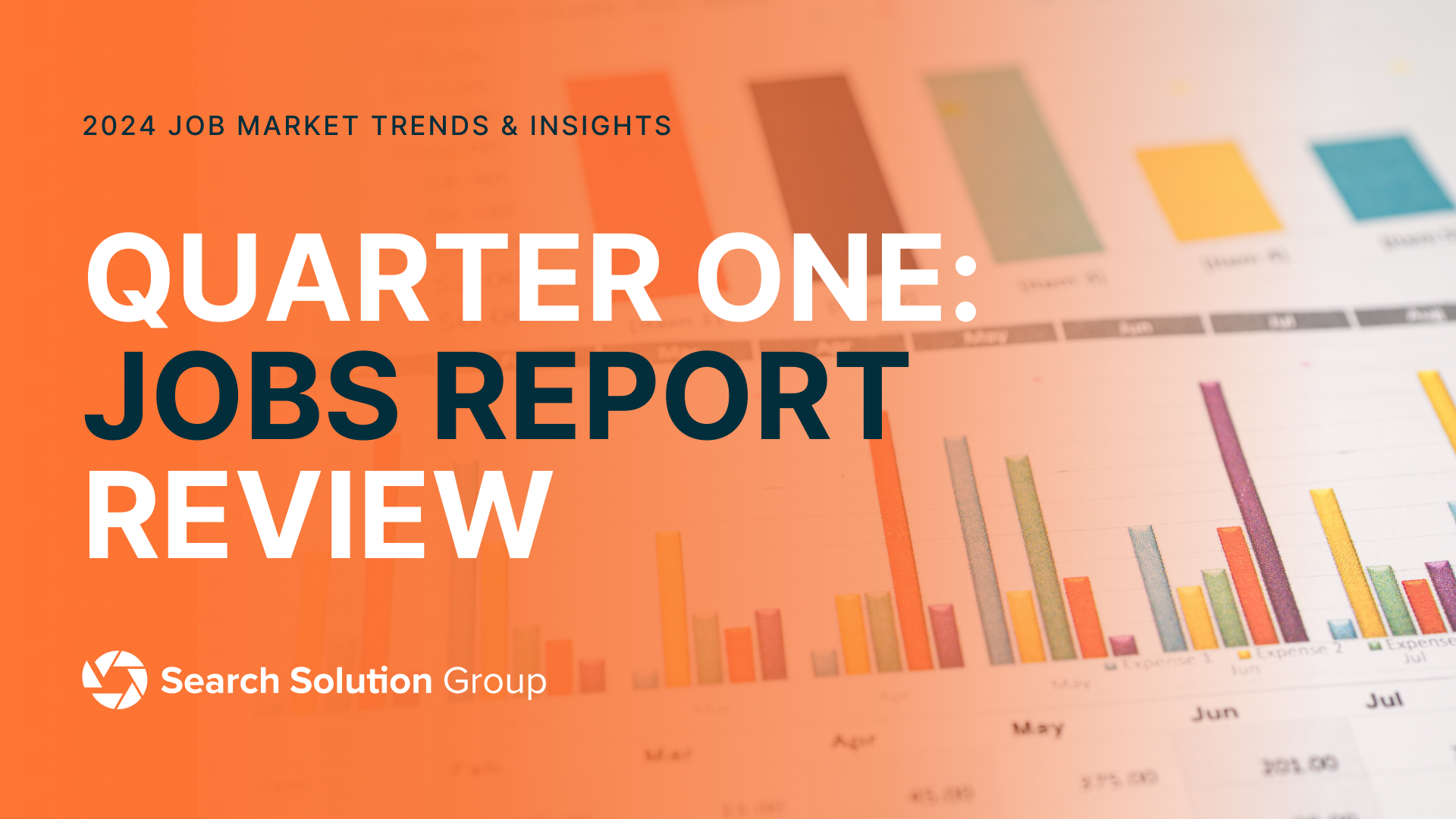Every day, talented job seekers submit applications to companies they want to work, in pursuit of positions they’re highly qualified to fill. Too often, those applications go out into the ether, with no return communication. Candidates aren’t sure if their resume was received or rejected, or where they stand in relation to the position in question. For many, the first communication they receive is an invitation to interview.
The problem? There’s no telling what might have changed between the time a candidate submitted their application and when the company finally reached out. Moreover, lack of communication now counts as a strike against employers in the eyes of qualified candidates seeking to get a feel for different organizations. To avoid these pitfalls, employers must open the lines of communication early and use them often.
In today’s competitive hiring landscape, consistent, transparent communication is key in recruiting top talent — and maintaining credibility as an organization.
Candidate expectations have evolved
The traditional approach to hiring has largely focused on the transactional, rather than the collaborative. Today, instead of exchanging communication solely as a means to further the interviewing process, there’s a shift toward creating a more comprehensive experience that includes both direct and indirect engagement for prospects.
Candidates now expect a greater degree of transparency into hiring, which equates to engagement throughout the process. Candidates want to know, specifically, when hiring and interview rounds close and when they’ll know if they made the cut. They want to know why they weren’t in contention for a position. They want to know who’s interviewing them and how they’re being vetted. These, and many other insights aren’t typical of the traditional interviewing process.
Much of this demand for transparency begins even before job seekers apply to a company. According to CareerArc’s Future of Recruiting Study, “82% [of candidates] consider the employer brands and reputation before applying.” A positive opinion of an organization needs to be met with transparent, meaningful interaction from the get-go, when candidates apply for a job.
A puzzling or complicated interviewing experience can demoralize a prospective candidate before they pursue a position — or even push them away from accepting one. According to CareerPlug’s 2021 Candidate Experience Report, “75% of people currently working at companies where they had a positive candidate experience during the hiring process said that positive candidate experience influenced their decision to accept the offer.”
Candidates need transparency and communication during the interview process. More than valuing these traits, they’re using them to form a perception of their potential employer — an opinion that could draw them in or drive them away.
Consistent communication as a competitive advantage in recruitment
As companies adapt to new expectations for communication and transparency, it behooves hiring committees to consider the candidate journey. For example, teams should consider where they can provide information to illuminate the process, and how this information will resonate with talent? Consider the following touchpoints and simple communications strategies for shepherding candidates:
- Provide upfront information about open positions, including detailed job duties, salary, Total Rewards information, and any nuances incorporated into the role. Transparency in job postings is not only attractive to talented applicants, it also helps prospective candidates gauge a company’s culture and candidness.
- Automate communications to let candidates know their application was received. Confirmations should specify the position, confirm the applicant’s information, and provide a summary of when they can expect a response, who will contact them, and how they can expect to receive further information.
- Provide more details about the interview process to candidates including who will interview them, the interview format, and the general objective of the interview. The more upfront and transparent companies can be during this process, the more trust they’re likely to earn with candidates.
- Communicate application status, good and bad. In instances of rejection, companies should seek to provide specific insights as to why a candidate wasn’t chosen. It’s important to communicate not only why the candidate didn’t get the job, but also genuine gratitude for their time and attention throughout the process.
Being mindful of the candidate journey during the application and interview process opens the door for a compassionate, authentic approach to communication throughout the experience. It sets the tone for reputability among candidates who aren’t chosen, and creates trust and respect for those who ultimately become part of the team.
Support for in-house hiring teams
Increasing the level of communication involved in finding, vetting, and onboarding talent can put strain on internal teams. Often, it’s easier for organizations to pass the burden of this communication on to staffing and recruitment partners who serve as an extension to the in-house team and handle a majority of the candidate interactions.
At Search Solution Group, communication is a pillar of our approach. We believe in the power of responsiveness and pursue communication with a mind for integrity. Good communication sets the tone for a great relationship. It starts from the moment a candidate submits their application and it continues through a successful hire, indefinitely.
Learn more about the benefits of working with a team that values communicating with prospective hires at searchsolutiongroup.com.





